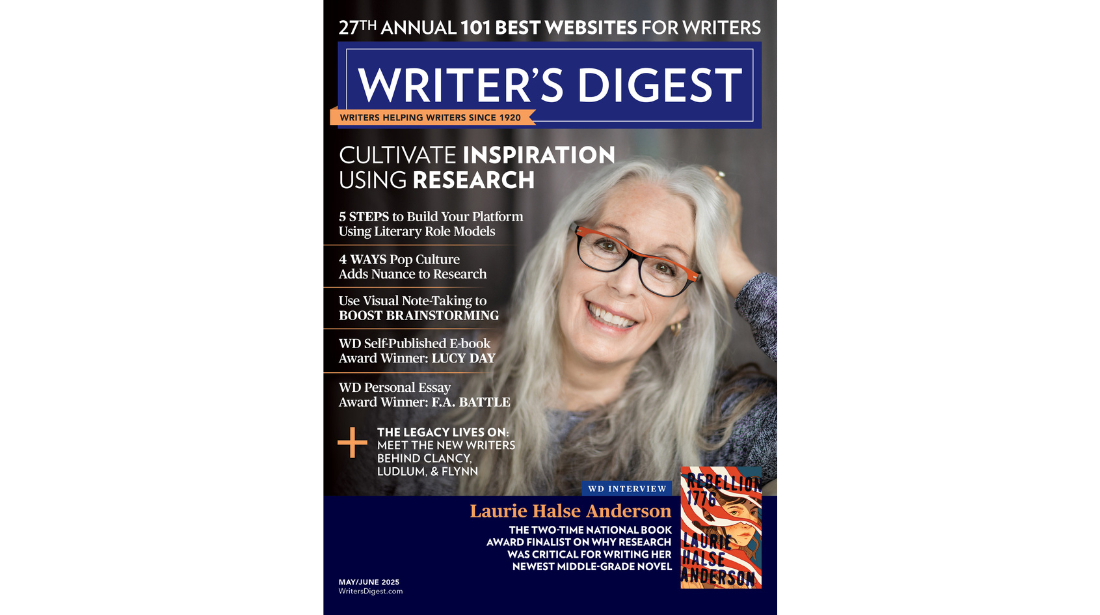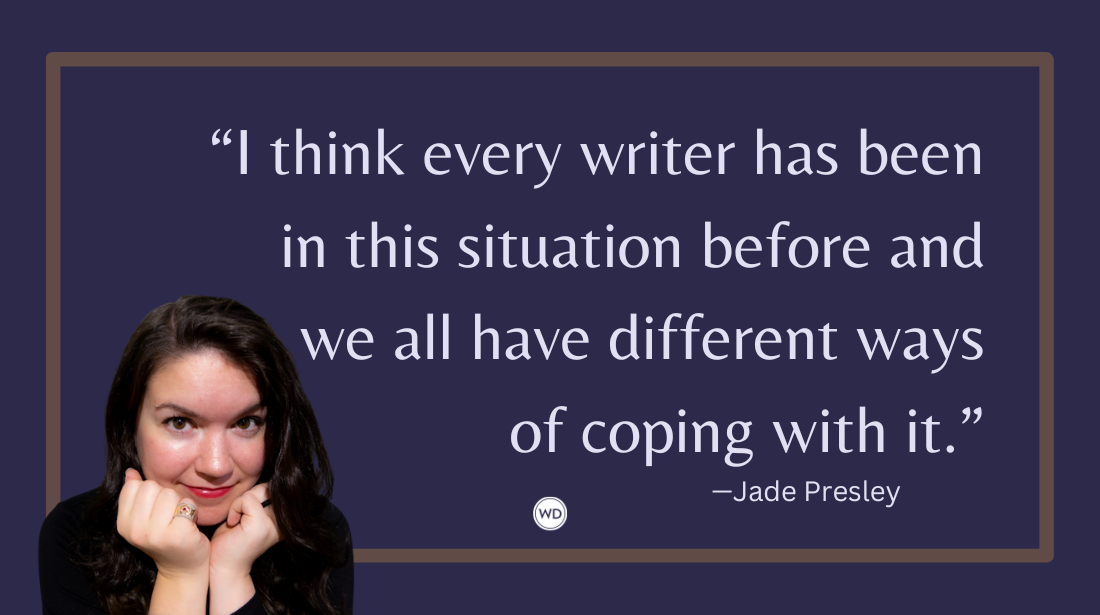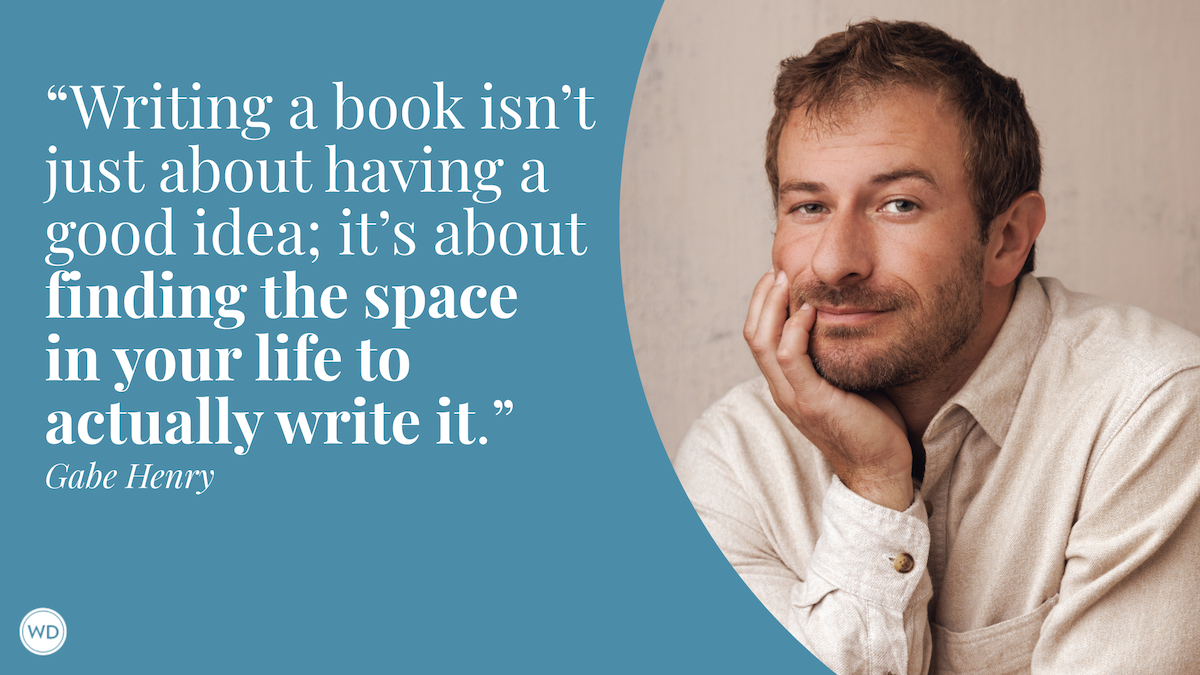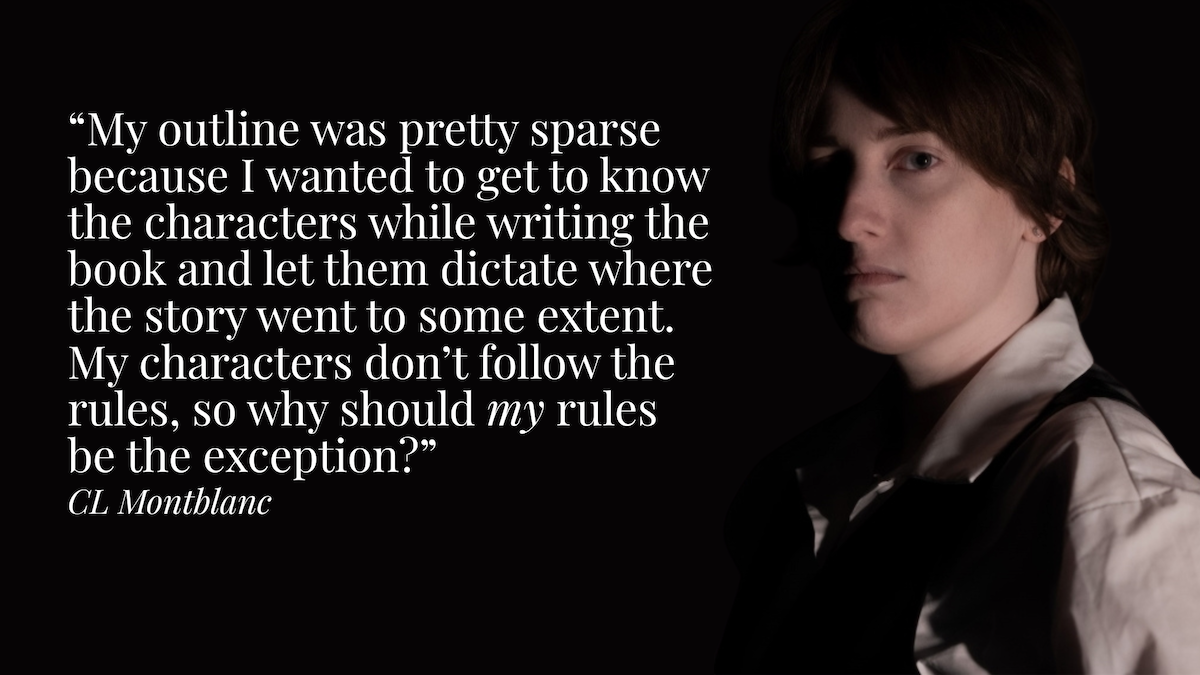Marcia DeSanctis: On a Decade of Traveling Through Essays
International bestselling author Marcia DeSanctis discusses the process of combing through a decade’s worth of travel essays for her new travel memoir, A Hard Place to Leave.
Marcia DeSanctis is the author of the international bestseller, 100 Places in France Every Woman Should Go. She spent two decades as a news producer for ABC, NBC, and CBS News 60 Minutes. She has written for Travel + Leisure, Vogue, Town & Country, Air Mail, Departures, BBC Travel, Lit Hub, Marie Claire, Off Assignment, Departures, Tin House, O the Oprah Magazine, Roads & Kingdoms, The New York Times, and The New York Times Magazine, among many other publications.
She has won five Lowell Thomas Awards for excellence in travel journalism, including one for Travel Journalist of the Year, as well as the Grand Prize Solas Award in 2021 for Travel Story of the Year. She holds a degree from Princeton University in Slavic Languages and Literature and a master’s in Foreign Policy from the Fletcher School of Law and Diplomacy. She lived and worked for several years in Paris and resides in northwest Connecticut. Find her on Twitter, Facebook, and Instagram.
In this post, Marcia discusses the process of combing through a decade’s worth of travel essays for her new travel memoir, A Hard Place to Leave, and more!
Name: Marcia DeSanctis
Book title: A Hard Place to Leave: Stories from a Restless Life
Publisher: Travelers’ Tales/Solas House
Release date: May 2, 2022
Genre/category: Memoir, travel
Previous titles: 100 Places in France Every Woman Should Go
Elevator pitch for the book: A collection of stories about the lure of travel and the pull of home, and how these urges constantly collide.
IndieBound | Bookshop | Amazon
[WD uses affiliate links.]
What prompted you to write this book?
I had just finished writing a memoir when the pandemic began. With all the uncertainty, and while I was preoccupied with sterilizing groceries and mail, I had no ability to concentrate on editing it. The task seemed insurmountable. I did not know where or how to start.
I needed to regroup. I had long thought of combing through my body of work—140 or so stories—and was struck with the idea that this was the right time to put together a collection. I would turn 60 at the end of 2020, and as I was first published when I was about to turn 50, so I thought a decade of essays would be a worthy construct. I was not expecting to choose mostly essays about travel, but that’s what it turned out to be.
How long did it take to go from idea to publication? And did the idea change during the process?
It took two years, almost exactly, from the book proposal until the publication in May 2022.
The idea changed greatly! At first, I wanted to group the essays by category (my first idea was to group them under the five elements: air, wind, earth, water, space). But as I sifted through these stories, I realized that many of them were thematically similar. The common idea is how we long for home, and long to be away, how we often wish to be wherever we are not, and how memories of places linger and add to that sense of longing. So, I decided to make it more of a longitudinal book and reading experience, rather than a fractured one.
Were there any surprises or learning moments in the publishing process for this title?
Not so many surprises, but I had a constant awareness of my state of mind throughout this process. Publishing a book is an arduous and emotional experience. With all the nuts and bolts, nitty and gritty, it can be hard to remember that this work came from inside my head, and those words were all that needed to concern me. No matter what technical thing needed to be addressed, I tried to remember that writing was my area of expertise, but book publishing was not. Sometimes I may have worried about things I did not need to worry about, and my publishers were ever so gentle in reminding me of that.
Were there any surprises in the writing process for this book?
Oh yes. I realized that, as many stories as I had written and published, I discovered that, if I wanted to stick to this theme that was emerging, there were many narrative blanks and gaps. So, I wrote several new essays. The book contains 37 stories, and 11 of them are new.
Also, I was very surprised to discover that essays are never done! I had an unbelievable amount of editing and adaptation to do on the existing ones, all of which had been published before. Many edits and changes, big and small, to make sure that these stories all had that common narrative thread.
What do you hope readers will get out of your book?
A couple of things. First, I hope people will be inspired to look upon their travels differently, to take notes, to be observant, and to realize that a trip is never just a trip. It can be a chance to better know yourself and those you love, and to identify the many filaments that connect us to home and family.
Second, I hope people might seek to create their own travel stories when they venture from home. Adventure is everywhere, you don’t need to get on a plane for five hours. One of my essays is about a city that is 15 miles from my house.
Last, I hope they might look back on their journals and diaries, if they have them, and are moved to write their own stories about people and places they have not forgotten.
If you could share one piece of advice with other writers, what would it be?
There is so much advice for writers out there, and it can be hard to tune it out and remember that there is literally no right way to be a writer, no prescribed way to do this job. Sometimes when I read these well-meaning tips, I convince myself I am doing everything wrong.
Find what process (or lack thereof) works for you. Sometimes my most productive writing days are ones when I have not written a single word.
Robert Lee Brewer is Senior Editor of Writer's Digest, which includes managing the content on WritersDigest.com and programming virtual conferences. He's the author of 40 Plot Twist Prompts for Writers: Writing Ideas for Bending Stories in New Directions, The Complete Guide of Poetic Forms: 100+ Poetic Form Definitions and Examples for Poets, Poem-a-Day: 365 Poetry Writing Prompts for a Year of Poeming, and more. Also, he's the editor of Writer's Market, Poet's Market, and Guide to Literary Agents. Follow him on Twitter @robertleebrewer.








